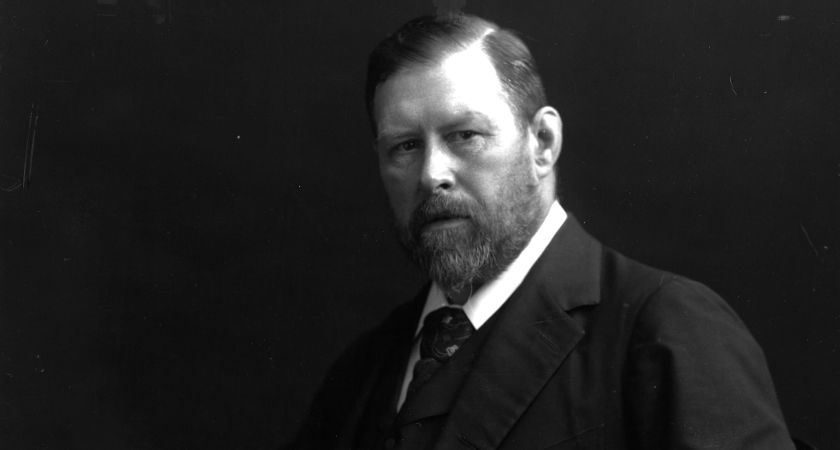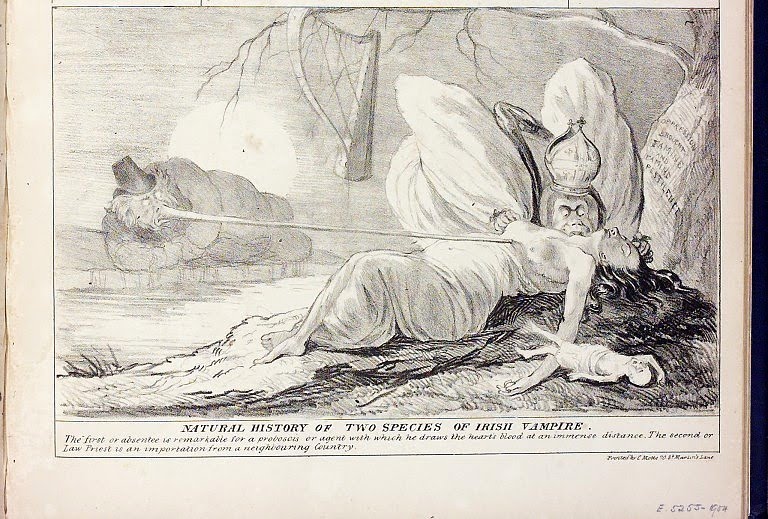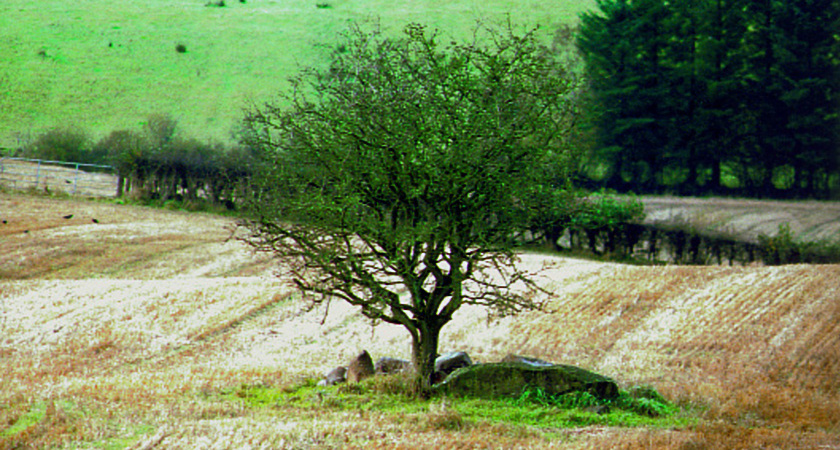THE WORLD of art and literature is littered with tales of vampires and blood-sucking demons, but few are as famous as Bram Stoker's Dracula.
First published back in 1897, the Irishman's terrifying Gothic horror tells the story of Count Dracula and his attempts at breaking out of Transylvania to forge a new life of blood-letting in merry old England. In his way stands a band of men and women led by Jonathan Harker and Dracula's arch nemesis Professor Abraham van Helsing.
A sprawling, timeless, gothic masterpiece that feels as fresh now as it must have all those centuries ago, it's always been assumed that Dracula was based on the real-life figure of Vlad the Impaler.
The 15th century Prince of Wallachia, Vlad III or Vlad Dracula had a taste for blood and a penchant for inflicting the worst kind of pain on his foes.
Responsible for the deaths of thousands across a region encompassing Romania, Bulgaria, and Turkey, it's widely believed that Vlad Dracula provided the basis for Stoker's seminal novel. That may not necessarily be the case though.
Stoker's novel wasn't originally titled Dracula but rather The Un-dead, while the tome's central blood-sucker went by the name Count Wampyr.
 Bram Stoker creator of Dracula
Bram Stoker creator of DraculaAn essay from Professor Elizabeth Miller, meanwhile, contended that Stoker may not have even known about the legend of Vlad Dracula, as there is no evidence of such in the writer's research notes for the book.
Born in Clontarf in Dublin back in 1847, one popular theory presented by Bob Curran, a lecturer in Celtic History and Folklore at the University of Ulster, Coleraine, suggests Stoker actually based his novel on the story of Abhartach.
A decidedly bloody and disturbing 5th century folklore legend, the story of Abhartach is every bit as terrifying as that of Vlad the Impaler albeit with one key difference: it took place in Ireland.
According to an early 17th century account from Dr Geoffrey Keating, Abhartach was a brutal Irish warlord who ruled over a small region of Ireland thought to encompass the town of Garvagh.
A ruthless and feared leader, Abhartach ruled through a mix of intimidation and bloodletting and was believed to be in possession of magical powers bestowed upon him by evil spirits.
Eventually, the townsfolk banded together and, together with a neighbouring chieftain by the name of Cathain, succeeded in killing Abhartach.
But the story takes a decidedly dark twist with the burial of Abhartach who was entombed standing up, as was the tradition for Celtic chieftain funerals at the time.

According to the folklore, Abhartach soon rose from the grave and began yet another murderous reign of terror, fuelled by the blood of his subjects, which he demanded by the bowlful in an attempt to sustain his energy.
Cathain soon returned and succeeded in killing the tyrant again but, once again, Abhartach returned, demanding more blood from the land of the living.
Suddenly aware he was facing off against a spiritual force beyond his mortal boundaries, Cathain took advice from a Christian saint who explained that a sword made of yew wood was required to vanquish Abhartach once and for all.
Even then further precautions would be required. Cathain was instructed to bury Abhartach upside down with a grant stone placed above his body to prevent further escape.
This time he succeeded in vanquishing the evil spirit, though some evidence of the dastardly deed remains.

Take a trip down to the quiet town of Slaghtaverty in County Derry and you'll come across an unusual gravestone containing a dark secret.
Does the body of Abhartach, the one true influence of Bram Stoker's Dracula lie, waiting, within? There's only one way to find out…

